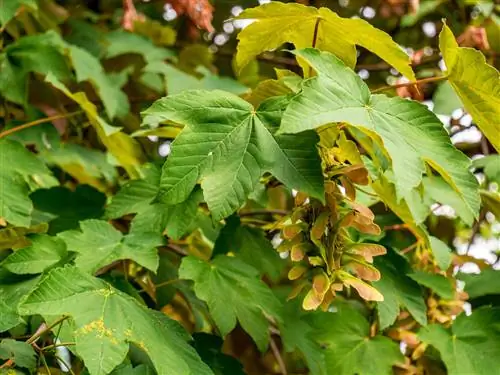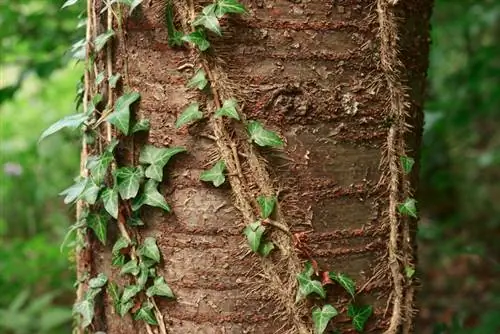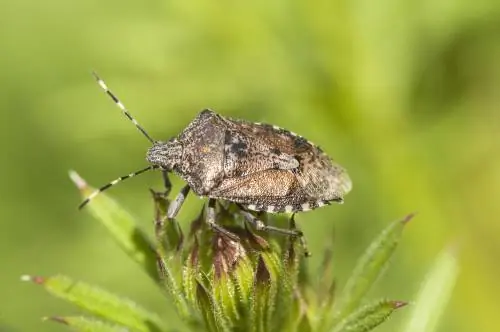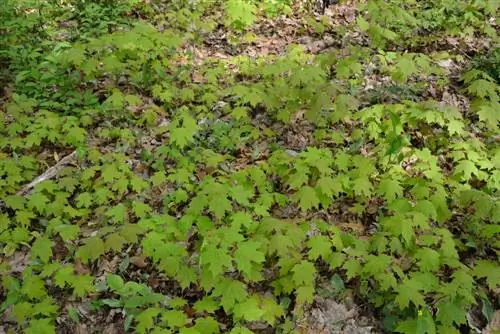- Author admin [email protected].
- Public 2023-12-16 16:46.
- Last modified 2025-01-23 11:21.
The extensive root growth of Norway maple as a shallow root species sometimes reaches its limits in the home garden. So that the strong root strands do not lift paved surfaces, hit walls or boldly invade your neighbor's garden, you can put the urge to spread in its place. You can find out here which method the plan works.

How do you limit the root growth of the Norway maple?
To limit the root growth of a Norway maple, you can use a root barrier in the planting hole. These should be at least 50cm deep and twice as wide as the root ball, with 5-10cm of geotextile above the soil surface.
Root barrier shows Norway maple the limits - this is how it works
A look at its profile reveals that Norway maple, with a height of 30 meters, is a first-class tree. You can keep the associated root growth in check by planting an Acer platanoides with a root barrier. This is an almost indestructible geotextile that you can integrate into the planting process like this:
- The planting hole is at least 50 cm deep and twice as wide as the root ball
- Insert the root barrier along the edge of the pit
- At the overlap, connect the two ends with an aluminum rail (€65.00 on Amazon) so that they cannot break through
So that the shallow roots do not overcome the barrier, the geotextile should protrude 5 to 10 cm from the soil. With the help of ground-covering underplanting, you can hide the less decorative plastic from view.
The subsequent installation of a root barrier is possible, although it does require a lot of effort. It is important to cut off the root runners with a spade. Then dig a narrow, 50 cm deep trench. Insert the root barrier into this. Finally, pruning is necessary to compensate for the lost root mass.
Seedlings cannot be stopped by root barriers
Regardless of your precautions to contain root growth with a barrier, your Norway maple has another trick up its sleeve for spreading. Its winged seeds sail through the garden in droves and germinate happily everywhere. Therefore, keep an eye out for sprouts regularly so that you can pull them out of the ground in good time.
Tip
Do the roots get in your way when you want to decoratively plant a Norway maple or its famous descendant, the ball maple? Then there is nothing wrong with cutting away any annoying root strands on a well-rooted tree. An Acer platanoides can easily cope with the loss of a maximum of a third of its surface root mass.






